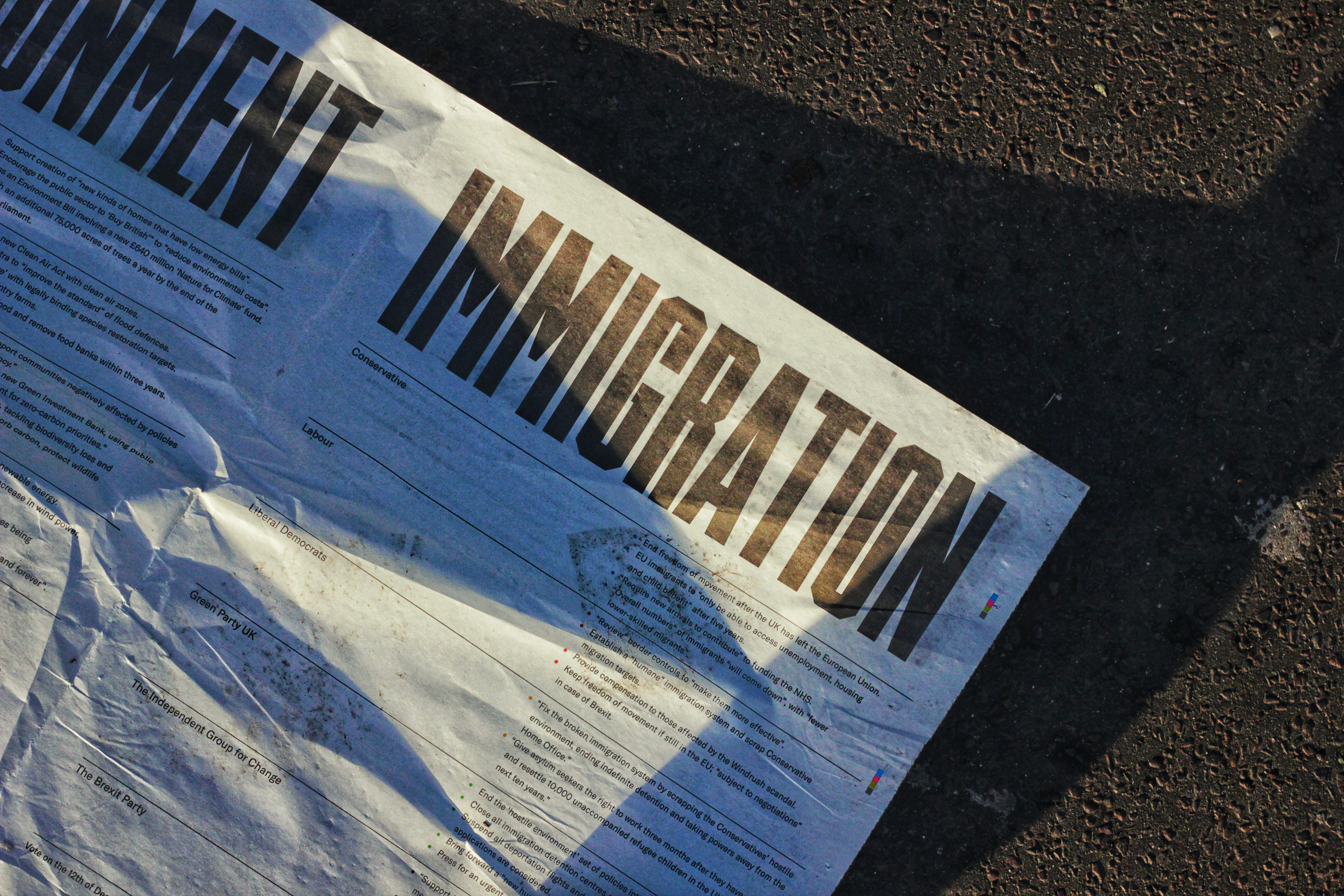According to historical records, the United States has long been known for its large immigrant population and US immigration history. People’s attitudes toward newcomers have evolved from friendliness to exclusivity throughout time.
Indigenous peoples began arriving in North America and the territory that would become the United States thousands of years before Europeans set foot on the continent.
A thin stretch of land that divided Asia and North America about 20,000 years ago during the last Ice Age was crossed by Native American ancestors.
From Florida to New England to Virginia, the Dutch to New York to the Swedes, the Eastern Seaboard of the United States had a slew of European settlements by the early 1600s.
Some of those who came to America in search of religious liberty included the Pilgrims and Puritans. Many folks were on the lookout for new jobs.
There was no other option for a huge number of people brought to the United States as slaves during the American Revolution.
Since the country’s inception, immigration has been a tumultuous topic of conversation.
“America: Promised Land.”
A person must have “Good Character” in order to be granted U.S. citizenship.
In January 1776, Thomas Paine publishes “Common Sense,” an anti-slavery treatise. While most colonists disagree with Paine, the majority of them consider themselves British in heritage.
“America’s ancestors came from Europe, not England.” This new society has become a haven for supporters of civil and religious liberty from around Europe, he adds.
In March of 1790, Congress passed the first statute defining who is eligible to become a US citizen. Any free white person of “good character,” as defined by the Naturalization Act of 1790, can become a citizen after two years of continuous residence in the United States.

Non-Whites are denied essential constitutional rights such as the right to vote, own property, and testify in court if they are not citizens of the United States.
The first census of the United States was conducted in August of that year. Among the 3.9 million people polled, the English were the most common ethnic group, despite the fact that one in five Americans have African ancestry. National origins quota system is part of the immigration system.
An influx of Irish immigrants։ Immigration and nationality act
United States and United Kingdom are at peace in 1815, following the end of the War of 1812. Immigrants from Western Europe are changing the face of the United States’ population as the number of newcomers grows. Up until the American Civil War, a significant number of Europeans continued to migrate to the United States.
Nearly a third of all immigrants to the United States came from Ireland between 1820 and 1860, and many of them were Catholic. 5 million German immigrants arrive in the United States, many settling in the Midwest areas of Milwaukee, St. Louis and Cincinnati, where they establish farms or enterprises. Asian immigrants are different from unauthorized Chinese immigrants.
As a result of their exhausting, crowded transatlantic voyage, many of the arrivals were sick or dead when they arrived. Major port cities like New York, Boston, Philadelphia, and Charleston have been overrun by immigrants.
A better docking environment for ships is mandated by the Steerage Act of 1819, passed by the United States of America as a result. Ethnic diversity in immigrants was first documented by this Act, which mandated ship captains to submit demographic information on passengers.
The Know-Nothing Party was formed to fight the growth of the German and Irish immigrant populations in the United States: immigration act
State-level immigration legislation was first put in place following the American Civil War in 1875. The Supreme Court held in 1875 that immigration rules must be drafted and implemented by the federal government.
An Act to Prevent the Import of Chinese Goods: immigration law
Second wave of immigration to the United States occurs in 1880 as a result of rapid industrialization and urbanization in the country. More than 20 million people came to the United States between 1880 and 1920.
The majority of the population consists of four million Italians and two million Jews, both of whom hail from Southern, Eastern, and Central Europe. Major American cities are where they like to live and work.
As early as 1882, Congress adopted a law preventing China from entering the US. There had been a regular stream of Chinese laborers arriving in the United States since the 1850s.
These people found work in agriculture, railroad construction, the garment industry, and gold mine, among other fields of endeavor.
As Chinese laborers made a name for themselves in the United States, anti-Chinese animosity began to grow. Many white workers blame Chinese immigration, even though they make up less than 0.002% of the population.
For the first time in American history, the 1882 Act imposed major limits on a wide range of immigrant groups.
The Immigration Act of 1891 prohibits entry to the United States for polygamists, criminals, and the ill or infirm.
Immigration enforcement is also coordinated by a federal office of immigration, which has immigration inspectors stationed at major entrance points.
Reopening of Ellis Island: Chinese exclusion act
New York Harbor welcomes immigrants for the first time in 1892 with the opening of Ellis Island. Immigrants from Ireland’s Cork county are the first people processed. Between 1892 and 1954, Ellis Island will receive more than 12 million immigrants.
In 1907, 1.3 million people crossed the border at Ellis Island, making it the busiest year for new arrivals to the United States.
Ellis Island’s Immigration Station is shown in a number of photographs.
To allay fears that an inflow from Japan might drive down wages for white farmers in California, in February 1907 the United States and Japan agreed to the Gentlemen’s Agreement (GA).
Immigrant visas will be granted to a select group of Japanese businesspeople and professionals who meet certain criteria. On the recommendation of President Theodore Roosevelt, the mayor of San Francisco asks that white children and Japanese kids no longer be separated in San Francisco schools.
As recently as 1910, 75 percent of New York City’s population was made up of first and second-generation immigrants.
New limitations were imposed with the start of World War I.
In 1917, xenophobia is at an all-time high as the United States prepares to enter World War I. It is illegal to enter the United States if you are from an Asian country that is not literate, according to the Immigration Act of 1917.
Each year, the Immigration Act of 1924 restricts how many foreign nationals can enter the United States.
Under the new quota system in effect, 2 percent of the entire population of each nationality in the United States as of the 1890 census is awarded an immigration visa. Northern and Western European countries are especially encouraged to apply for asylum under U.S. law.
There are only three nations that issue 70% of all visas issued: Germany, Ireland, and Great Britain. Only a small percentage of the population was made up of people from Southern, Central, and Eastern Europe. Philippines, a former American territory, is the only Asian country to be excluded from the Immigration and Nationality Act’s ban on Asian immigration
Newcomers’ Hope and Diversity in Ellis Island Immigration Photos
Illegal immigration to the United States increases in 1924 as a result of the law’s numerical restrictions. Our northern and southern borders are guarded by the Border Patrol to keep away illegal immigration.
A large number of illegal immigrants from China and other Asian countries made their way across the border in the early days.
During World War II, Mexican workers fill labor shortages.
For the duration of World War II, the U.S. needed to find a solution to its labor shortages, therefore the Bracero Program was established. The show will run until 1964.
In response to the inflow of Europeans seeking permanent residence following World War II, the first refugee and resettlement act is established in the United States in 1948.
The McCarran-Walter Act, passed into law in 1952, officially reverses the United States’ ban on Asian immigration.
Approximately 38,000 Hungarians come to the United States after a failed revolt against the Soviets in 1956-1957. First to depart Soviet Union during Cold War were these individuals. About 3 million refugees were taken in by the United States during the Cold War.
In 1960–1962, 14,000 unaccompanied minors fled Fidel Castro’s Cuba as part of a clandestine anti-Communism movement known as Operation Peter Pan.

